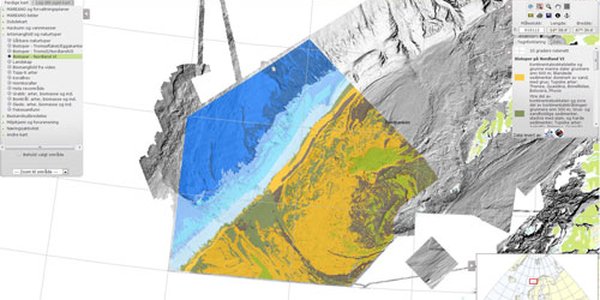News
Result: (153) Showing 91 - 120

Biotope map for Nordland VI published
05.12.2013

A bristle worm shuts the door on us
21.11.2013

Deepsea ambush
23.10.2013

Living in a landslide
15.10.2013

In deep water off Mørebankene
07.10.2013

MAREANO's autumn cruise is underway
27.09.2013

More vulnerable seapens discovered
27.09.2013

Important Nordic marine science conference
05.09.2013

MAREANO expedition ahead of schedule
27.09.2013

Salt diapir and gas leakage on Tiddlybanken
12.08.2013

A seabed full of pockmarks
12.08.2013

Can we find gold in mud?
25.06.2013

Coral reefs at Skjoldryggen
25.06.2013

The first MAREANO survey 2013 is in progress
19.06.2013

The MAREANO surveys 2013
03.05.2013

Dancing squid
12.04.2013

More coral reefs off the mid-Norwegian coast
11.12.2012

Ancient volcano on Mørebanken investigated
11.12.2012

Guests on our expedition
11.12.2012








 As the focus of the MAREANO programme moves southwards to the mid-Norwegian continental shelf, there is a large area of seabed to be mapped.
As the focus of the MAREANO programme moves southwards to the mid-Norwegian continental shelf, there is a large area of seabed to be mapped.

